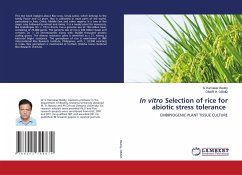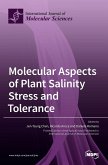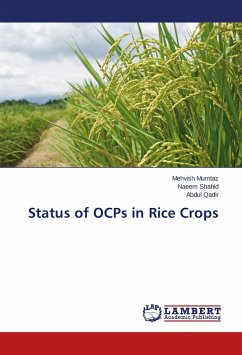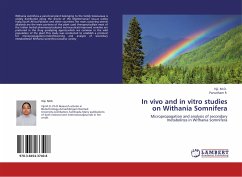This text book explains about Rice crop, Oryza sativa, which belongs to the family Poace and C3 plant. Rice is cultivated in most parts of the world, particularly in Asia, China, Middle East and other regions. It is one of the major crop followed by wheat and maize. It is a model plant for monocots, like Arabidopsis (2n = 10) in dicots, has a genome size of 120 million base, consisting of 25,000 genes. The genome size of rice is 430 million bases and contains 2n = 24 chromosomes along with 36,000 thousand protein coding genes. The disease resistance gene is identified as x 21, having a bacterial blight resistance. The germplasm of rice is maintained at IRRI (International Rice Research Institute, Philippines, with 1, 32,000 varieties) in India, Rice germplasm is maintained at Cuttack (Odisha Icarus National Rice Research Institute.
Hinweis: Dieser Artikel kann nur an eine deutsche Lieferadresse ausgeliefert werden.
Hinweis: Dieser Artikel kann nur an eine deutsche Lieferadresse ausgeliefert werden.







